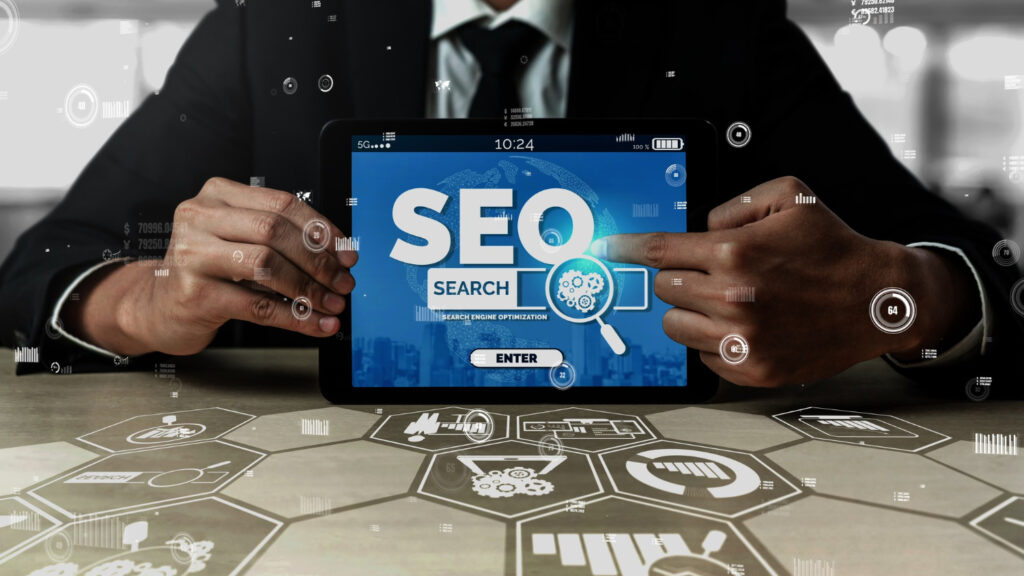
In today’s digital landscape, businesses are constantly looking for cost-effective ways to increase their online visibility and drive traffic to their websites. While paid advertising has been a popular choice for many, it often comes with a hefty price tag. Fortunately, there is a powerful alternative that can not only save you money but also deliver sustainable long-term results – Search Engine Optimization (SEO). In this article, we’ll explore how you can replace your paid ads with SEO to achieve better online visibility, attract organic traffic, and boost your business’s success.
Understanding the Power of SEO
The Basics of SEO
Before diving into the process of replacing paid ads with SEO, let’s start with the basics. SEO is the practice of optimizing your website’s content, structure, and other elements to rank higher on search engine results pages (SERPs). It involves various techniques and strategies that help search engines recognize and prioritize your website.
The Cost-Efficiency of SEO
One of the most compelling reasons to choose SEO over paid advertising is its cost-efficiency. Unlike pay-per-click (PPC) ads, which require you to pay every time someone clicks on your ad, SEO offers long-term benefits without ongoing costs for each click.
The Long-Term Benefits
While paid ads provide immediate visibility, they vanish once you stop paying for them. In contrast, SEO efforts have a lasting impact. Once your website ranks well organically, you’ll continue to receive organic traffic even if you reduce your SEO budget.
Trust and Credibility
Users frequently view websites that rank first in organic search results as being more reliable and credible. This trust can significantly impact your website’s conversion rates and customer loyalty.
Making the Transition from Paid Ads to SEO
Conducting Keyword Research
The foundation of successful SEO lies in comprehensive keyword research. Choose relevant words and phrases that people in the audience you are targeting are likely to search for. Tools like Google Keyword Planner can help you in this process.
On-Page Optimization
Optimize your website’s content by strategically incorporating the identified keywords into your web pages, meta descriptions, and headings. Ensure that your content is valuable, informative, and engaging for your visitors.
Technical SEO
Consider technical factors like schema markup, mobile compatibility, and site speed. These elements contribute to a better user experience and higher search engine rankings.
Quality Link Building
Build a strong backlink profile by acquiring high-quality and relevant links from authoritative websites. This will boost your website’s authority and trustworthiness in the eyes of search engines.
Content Marketing
Publish entertaining, useful, and high-quality content frequently that appeals to your target market. Content marketing not only improves your SEO but also positions you as an industry authority.
Measuring and Optimizing SEO Performance
Tracking Progress
Use analytics tools like Google Analytics and Google Search Console to track your website’s performance. Keep track of important statistics like click-through rates, conversion rates, and organic traffic.
Continuous Optimization
SEO is an ongoing process. Regularly review and update your content, keywords, and strategies to adapt to changing search engine algorithms and user behavior.
Local SEO
If you have a physical location, invest in local SEO strategies to attract nearby customers. Improve your Google My Business listing and get client feedback.
Conclusion
In conclusion, replacing paid ads with SEO is a smart move for businesses looking to achieve sustainable online success. SEO offers long-term cost-efficiency, builds trust and credibility, and provides lasting results. By following the outlined steps and continuously optimizing your SEO efforts, you can reduce your reliance on paid advertising and enjoy the benefits of organic traffic.



